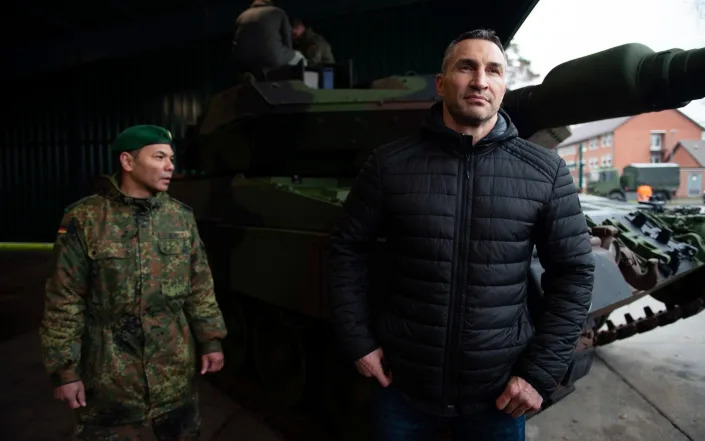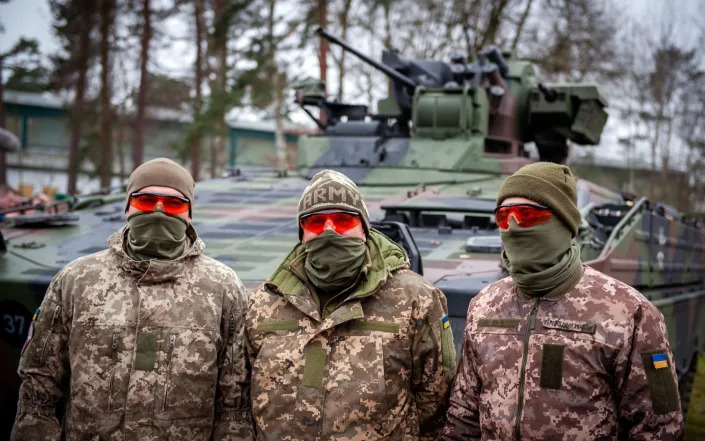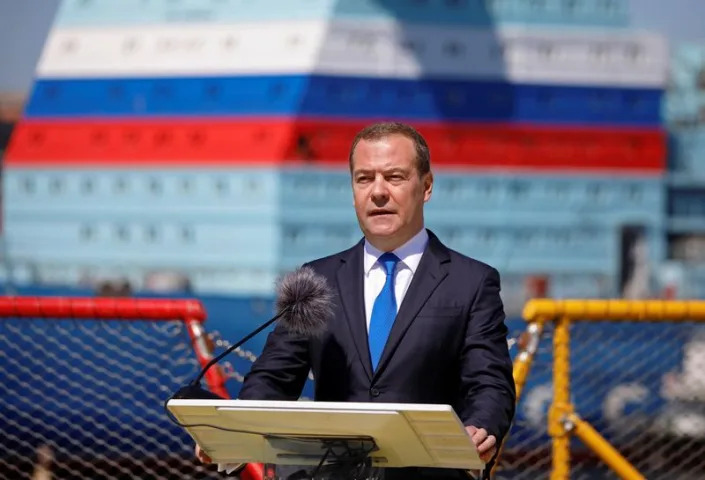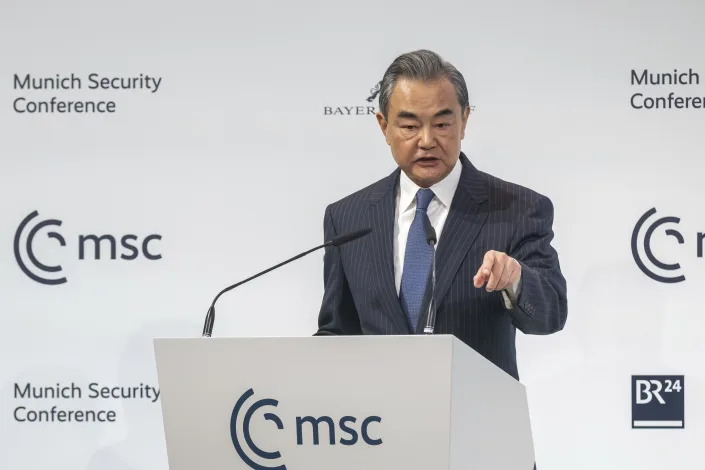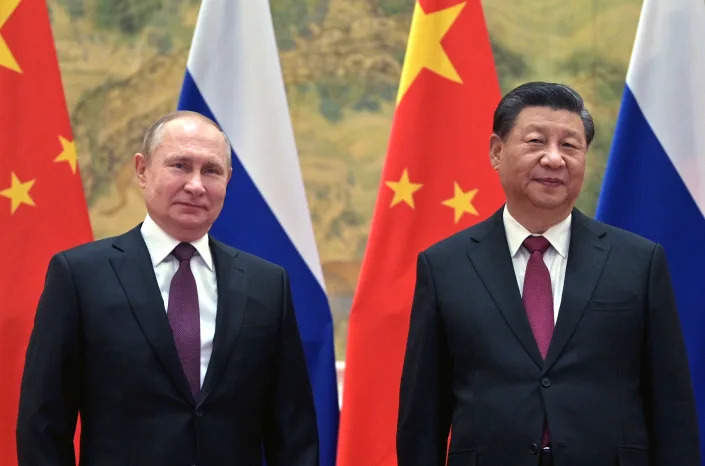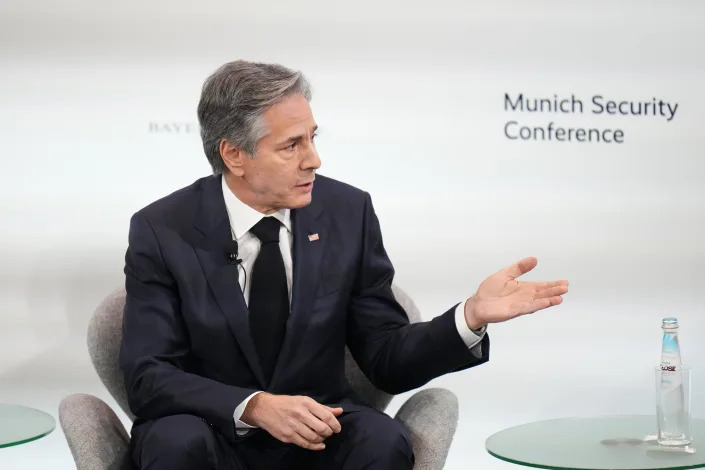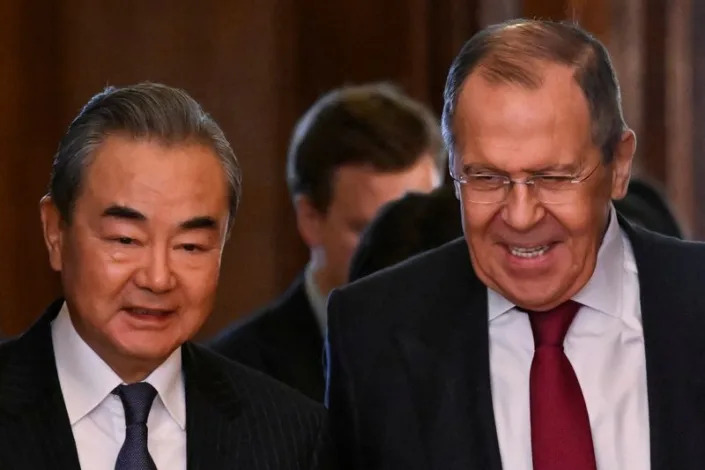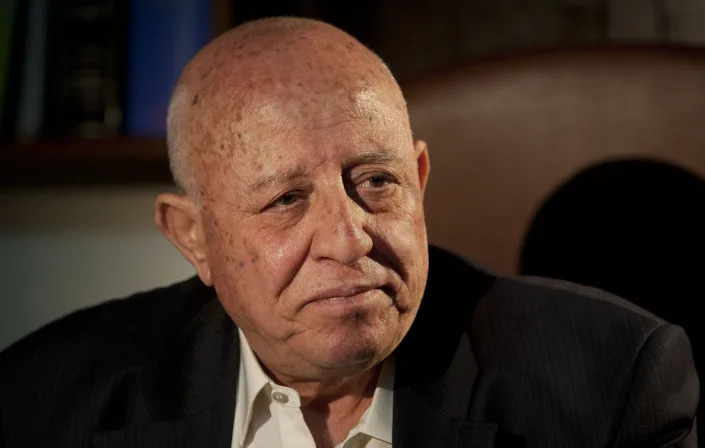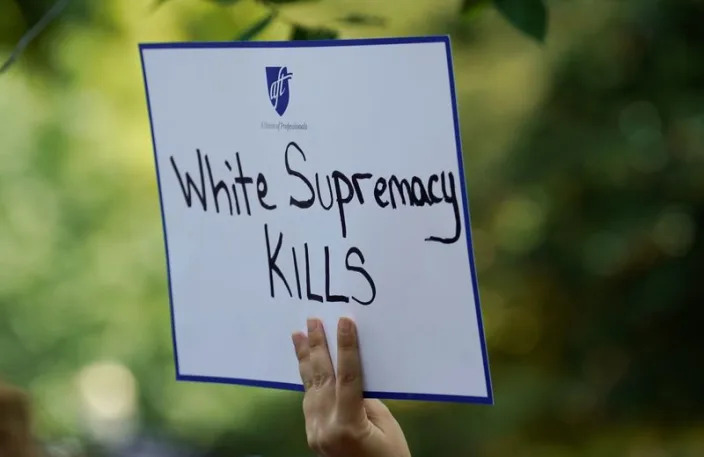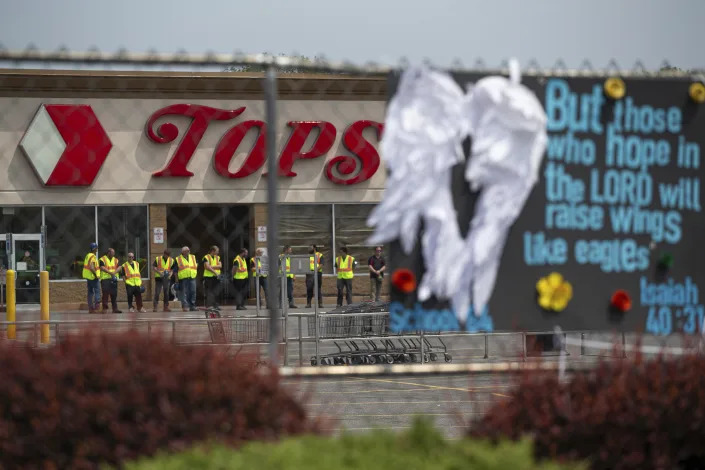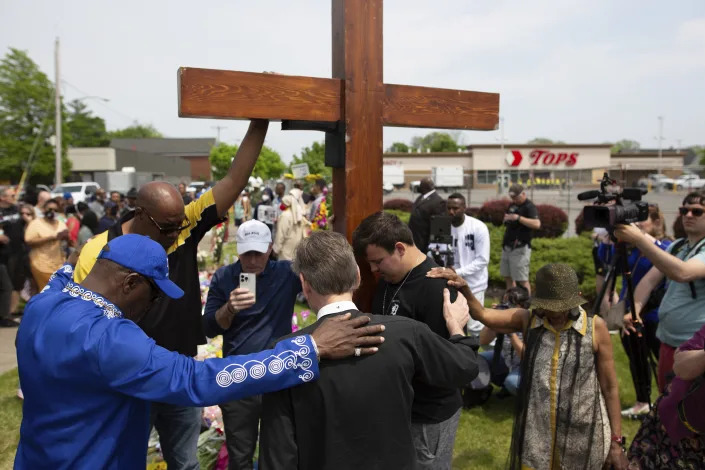


Ruth Carson
Thu, February 23, 2023
(Bloomberg) -- Some of the world’s top investors are betting the worst of the dollar’s rampage is over after the surge upended the global economy in ways that had few parallels in modern history.
Having skyrocketed to generational highs last year — deepening poverty and turbocharging inflation from Pakistan to Ghana — the currency has now entered what some forecasters are calling the start of a multi-year decline.
Investors say the dollar is on the way down because the bulk of Federal Reserve rate increases is over, and virtually every other currency will strengthen as their central banks keep tightening. While recent data have led traders to rethink how high US rates will go, a shift to risk assets from equities to emerging markets is already underway on bets that the greenback’s strength will ease. Many investors are sticking with these bets, even after the greenback recently recouped its losses for the year, raising the stakes for dollar bears.
“The dollar’s peak is behind us for sure and a structurally weaker dollar lies ahead,” said George Boubouras, a three-decade market veteran and head of research at hedge fund K2 Asset Management. “Yes inflation in the US is stubborn, yes the rates market is signaling higher-for-longer US rates but that doesn’t take away the fact that other economies in the world are catching up with the US.”
The relief that a weaker dollar will bring to the world economy cannot be overstated. Import prices for developing nations will fall, helping to lower global inflation. It’s also likely to boost the price of everything from gold to risk assets such as equities and cryptocurrencies as sentiment improves.
That may help to ease some of the damage in 2022, when a stronger greenback left a trail of destruction in its wake: Inflation charged higher as the cost of food and oil jumped, nations such as Ghana were driven to the brink of a debt default while stock and bond investors were saddled with outsized losses.
King Dollar Upends the Global Economy With No End in Sight
The US currency’s strength is set to wane with the Fed’s yield premium as other central banks display a similar resolve in slowing price growth. Policy makers in the euro zone and Australia are signaling that more rate hikes are needed to vanquish inflation, while speculation is mounting that the Bank of Japan will abandon its ultra-loose stance this year.
Swaps data show that US borrowing costs are likely to peak in July and a rate cut may come as early as the first Fed review in 2024 as price gains return to the US central bank’s target.
These bets are evident in the greenback’s moves, with the Bloomberg Dollar Spot Index having fallen about 8% since rallying to a record high in September. In tandem, investors bought emerging-market bonds and stocks at the fastest pace in almost two years last month.
Dollar Bears
“We think the dollar has peaked and that a multi-year bearish trend has begun,” said Siddharth Mathur, head of emerging markets research Asia Pacific at BNP Paribas SA in Singapore. “We are structural dollar bears and project weakness in 2023, especially in the second half.”
Some market participants see the Fed opting for modest rate increases on expectations that price pressures will ease. That view is somewhat at odds with the US central bank’s assessment that inflation remains a worry, and further hikes are needed to bring it down to the 2% target.
“There’s still a lot of Fed tightening in the system that hasn’t worked its way through yet,” said Eric Stein, chief investment officer, fixed income at Morgan Stanley Investment Management. “The Fed says they are going to get inflation to 2%, but in reality I’d say they get more to a level of like 3%. I don’t think they will continue to push rates to 6% just because of that.”
Fed Inclined Toward More Hikes to Curb Inflation, Minutes Show
All this means that the currencies which suffered under the weight of a stronger dollar are likely to strengthen. The yen has already climbed more than 12% against the greenback since dropping to a three-decade low in October and strategists surveyed by Bloomberg see it gaining a further 9% by year-end.
The euro has risen about 11% from the low reached in September while the greenback has lost ground against most of its Group-of-10 peers in the past three months. The Bloomberg JPMorgan Asia Dollar Index has advanced more than 5% since falling to a trough in October.
“Many of the dollar-supportive factors of 2022 have abated,” said Dwyfor Evans, head of APAC macro strategy at State Street Global Markets. “Other central banks in the G-10 space are playing catch-up on rates and if the impact of the China re-opening is to give global demand conditions a lift, then cautious safe haven buying is on the back foot.”
China Reopening Will Boost Global Economy at Crucial Moment
Going Short
Some investors are already testing the theory that the dollar’s dominance is over. abrdn turned neutral on the greenback late last year from a long position, while Jupiter Asset Management is shorting the US currency outright.
K2 Asset Management has dialed back its long dollar exposure since October, and expects commodity currencies such as the Canadian and Australian dollars to outperform this year. Similarly, hedge funds’ bearish wagers against the greenback swelled to the most since August 2021 in early January and JPMorgan Asset Management expects the yen and euro to advance further.
“It’s been a case of US exceptionalism for a long time,” said Kerry Craig, strategist at JPMorgan Asset, which oversees over $2.2 trillion. “Now suddenly you have a much better view of the euro zone. The yen will be well supported. You’ve got the bonus now of thinking about China’s reopening.”
Some investors like abrdn’s James Athey are biding their time before making the next bearish move on the US currency. He’s waiting for the “final leg of risk off,” a scenario where a realization of the weak global outlook will spur a fresh bout of dollar demand.
“Once this has happened, the Fed has cut rates and risk assets have found a bottom, we would be looking to get into pro-cyclical dollar shorts,” said the investment director of rates management in London.
Greenback enthusiasts can also look to the so-called dollar smile theory for clues on the outlook. Developed by investor Stephen Jen and his Morgan Stanley colleagues in 2001, it predicts gains for the dollar during times when the U.S. economy is either in a deep slump or growing strongly, and underperformance during times of moderate growth.
Haven Bids
To be clear, no one is betting that the dollar’s decline will be a straight line as US rates continue to rise and the threat of a global recession and geopolitical risks foster demand for havens.
“The dollar has peaked but we do not expect a full reversal of the dollar strength we saw over the past two years,” said Omar Slim, co-head of Asia ex-Japan fixed-income at PineBridge Investments in Singapore. The Fed is likely to keep rates high as inflation lingers at elevated levels, and this will help “mitigate dollar weakness.”
Others go one step further, arguing that elevated US yields are likely to continue attracting investors and help prop up the dollar.
“Our base case is for a recovery in the dollar into year end,” Elsa Lignos, head of FX strategy at RBC Capital Markets, wrote in a note this month. “The dollar remains the highest yielder in the G-10 and higher-yielding than several emerging markets.”
For investors like Deutsche Bank AG’s Stefanie Holtze-Jen, recognizing that the Fed is likely to slow its rate-hike trajectory is key in plotting the dollar’s path for 2023. It’s also equally important to account for the dollar’s status as the world’s dominant reserve asset.
“It has peaked,” said Holtze-Jen, Asia Pacific chief investment officer at the private banking arm of Deutsche in Singapore. But the dollar “will stay supported because of that safe haven notion that it still enjoys.”
--With assistance from Liz McCormick and Garfield Reynolds.

